Upgrading Your EDC Can Feel Overwhelming.
It Doesn’t Have to Be.
While changing EDC systems takes work upfront, working with a modern system saves work going forward. And, building a thorough transition plan reduces the stress of changing providers. Below are some key considerations to ensure a successful and smooth transition:
Set Internal Expectations That Processes Will Change
Each EDC brings its own features and innovations, and the greater the technology innovation–the more your processes may change. You can’t achieve significant time savings if following the same steps and performing the same tasks. Process re-engineering can help you get the full benefit from whatever system you adopt:
- Prior to your system selection, map out the current-state process and capture pain points from each team
- Work with your new vendor to learn how their recommended practices address the challenges you’ve identified
- Look for ways to simplify, reduce hand-offs, and empower your people
- During the implementation, communicate how the new EDC and processes address the pain points that were surfaced
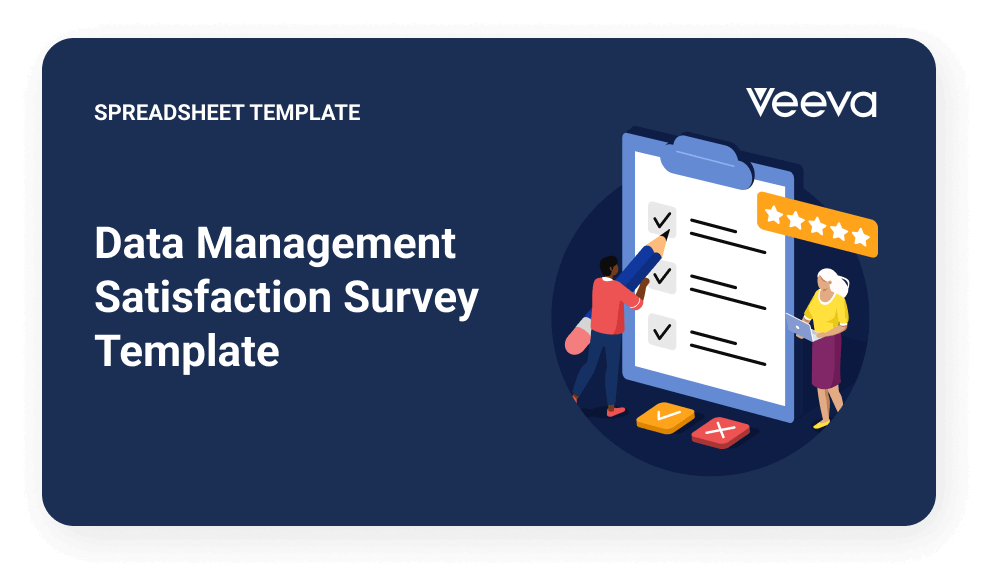
Download a template for mapping current-state pain points
Consider Stakeholders Outside of Data Management
EDC systems and their data touch multiple processes. For example, Biostats will have numerous SAS programs using the data format and structure of the legacy EDC. When the EDC changes, the data format and structure will as well. If downstream teams get surprised, it will be frustrating and cause delays.
- Give Biostats dummy files early in the process so they can update their programs before the first export
- Involve Biostats when building your library so the new standards address their historic pain points and the collected data aligns with their needs
- Document the complete list of systems your EDC exchanges data with–from an RTSM, to safety systems, the CTMS, and more
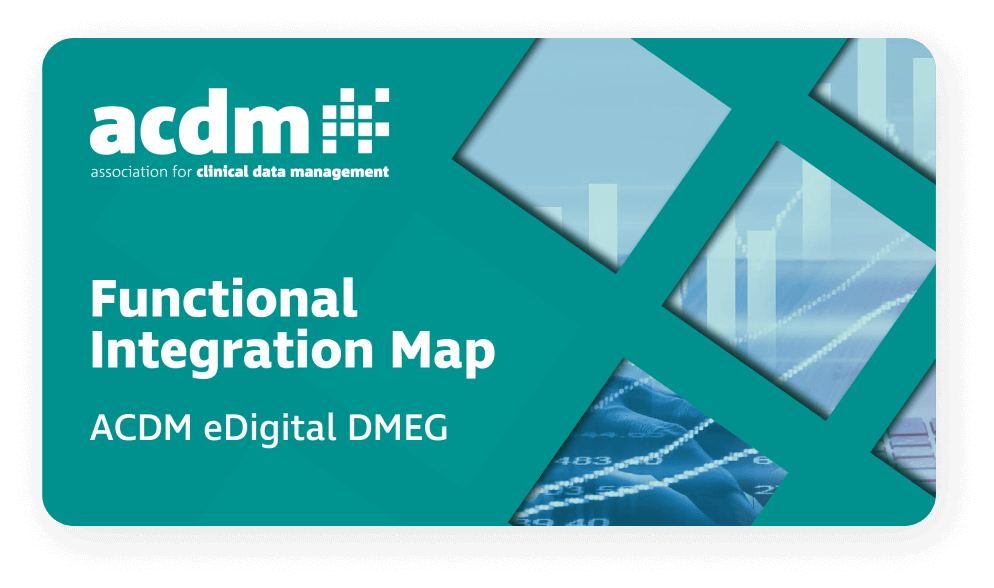
Check out this system integration map from ACDM for an overview of potential touch-points to consider
Plan and Prepare for Change Management
Internal change management is one of the most important components to project success. Ongoing and consistent communication to stakeholders is critical in making sure that everyone is on board and bought into the vision. Change management initiatives are often high-touch, limited-duration, and low-frequency; making them a perfect opportunity to bring in external support and expertise.
There are many components to change management, below are two instruments that work well for large organizations:
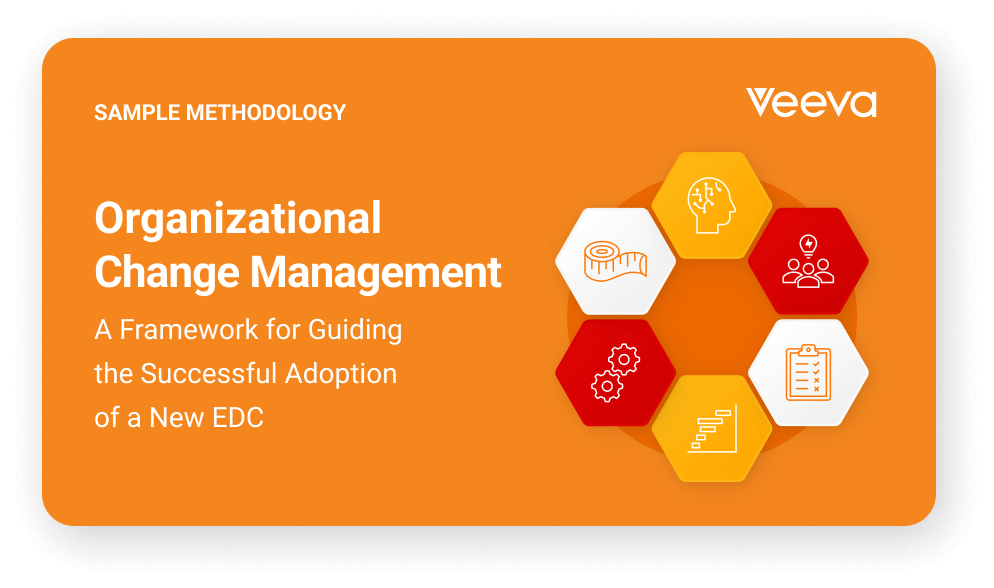
See a sample of one consulting organization’s methodology
Change Champions
Identify and select naturally optimistic, resilient team-players to help facilitate change. Research shows change champions are key to successful organizational change (Porter Lynch, 2012) because they actively advocate for change through formal and informal mechanisms. Change champions can support key activities such as:
- Stakeholder impact analysis workshops
- Brown-bag lunches and roadshow sessions tailored by function
- Weekly meetings to share updates and questions
Study Liaisons
Designate one individual on each study to serve as the single point of contact for all questions and requests regarding the new EDC. Study liaisons provide just-in-time knowledge transfers so study team members can get questions answered when they need it. Liaisons focus on activities such as:
- Disseminating information across the study team
- Becoming the go-to product expert
- Consolidating feedback from users and corresponding with vendors
Train on the New Process, Not Just the Product
Traditional product training, with its point-and-click instructions, is necessary but not sufficient. You’ll be more successful with a multi-touch approach that starts with training on the new process. Include stakeholders from each area who use the system and tailor materials to their responsibilities. Consider sending simple supplemental recordings that show how the new system eliminates prior challenges to help people get excited about the change.
For effective training, consider the following insights to better tailor your approach to the unique needs of each group:
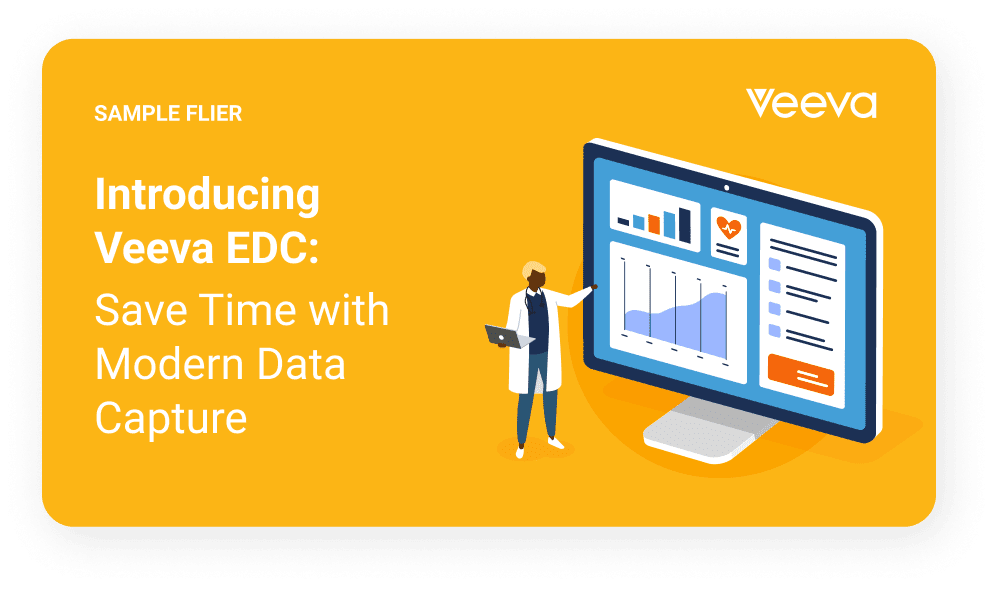
Download a sample flier for introducing sites to a new EDC
We recommend building your standards library after your team has been trained and completed their first study build or two. This will help you incorporate the new system’s innovations and capabilities into your form designs. You don’t want to perpetuate inefficient forms based on limitations from the prior system.
Set Clear Success Criteria
Define goals and KPIs that map to key pain points and set interim thresholds that chart progress towards your goals. Don’t expect your first studies to reflect the targeted cycle time improvements. Steps take longer while people are learning and go faster once mastered. Track progress against your KPIs and make sure to share positive results broadly. Give people a reason to celebrate and recognize the fruits of their work.
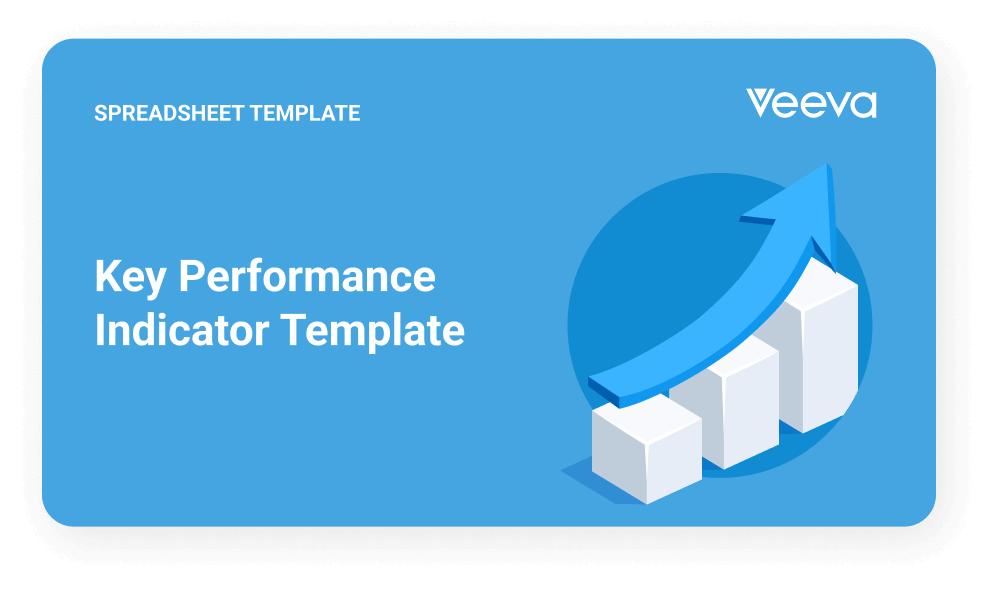
Download sample KPIs and a user satisfaction survey to help track your performance improvements
First-Hand Accounts of Switching to Veeva EDC
Changing EDC systems is a major initiative that can provide major benefits.
See how other biopharmas and CROs made a successful transition.
“I wish we would’ve switched sooner because Veeva EDC makes our lives easier and saves us time. It was well worth the time spent making the transition.”


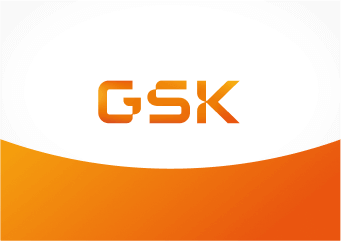

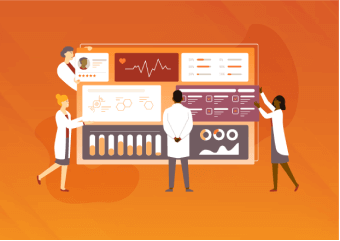
Curious or considering a new EDC?
Contact us for a no-pressure demo or conversation about Veeva EDC.
